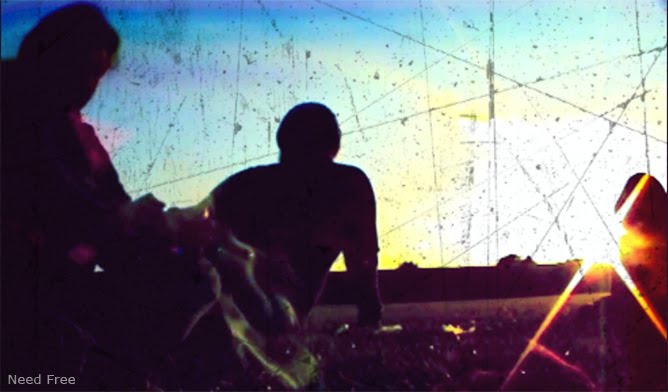The right to protest
In 1988 the government passed the Human Rights Act which included the right to peaceful protest or 'non violent direct action'.
This means that you can take part in public protest as long as it does not involve violence against property or persons. That includes rival protestors, objects of your protest or the police.
The point of peaceful protesting is to get a point of view across to as many people as possible. Protests can often get loads of media coverage so more people get to hear about the campaign.
So what is non vilonet direct action?
- You can take part in or organise a rally, march or meeting of people. However organisers have to get permission from the police first, stating how many people are expected to turn up, time and place and the route of a march
- You can also do a 'sit in' - a protest sitting down
- You can even organise a blockade
- You can run also set up a stall as long as you have permission from your local council
Stopping protests
There are also loads of laws that the police can use to stop protests – even if they are peaceful ones. Recently, they’ve been given new powers to control, restrict and even stop protesters.
They can do this by saying there is a threat of terrorism or it is anti-social behaviour – a good example of this is the government bringing in a law to prevent anybody protesting within a kilometer of the Houses of Parliament in London.
A sit-down protest or a blockade even if it's a peaceful one, can be seen as an obstruction and stopped. Also chanting racist remarks or remarks likely to incite violence can also lead to arrest.
Police can refuse to give permission for a march if they think it might lead to:-
- Serious public disorder
- Serious damage to property
- Serious disruption to the life of the community.

46 seconds into the first video, Its Charlie from the Love Police shouting 'WHO LET THE DOGS OUT WOO OOH'
ReplyDeletehttp://www.cveitch.org/